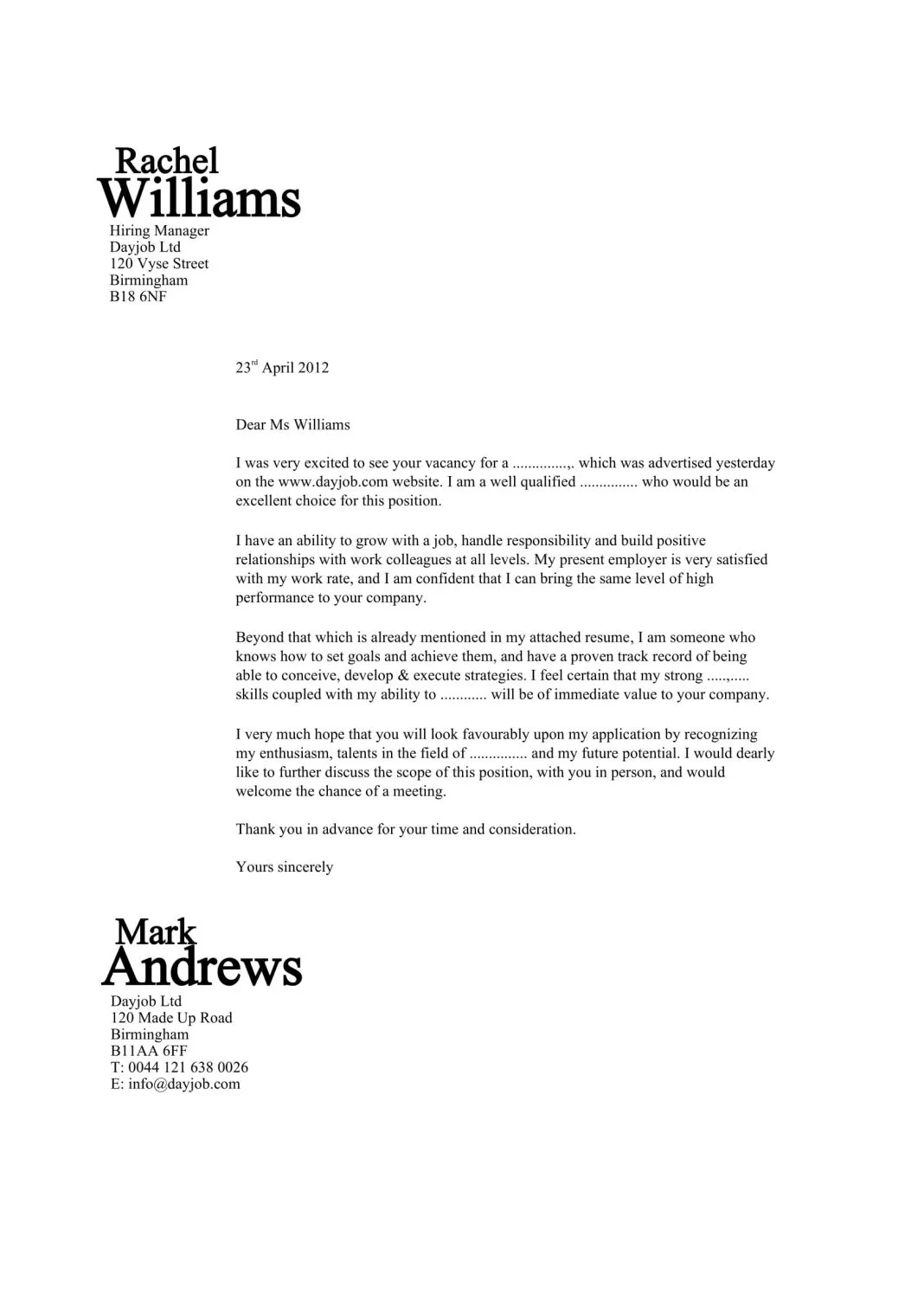Understanding the Importance of a Cover Letter
In the competitive world of job applications, a cover letter serves as your personal introduction to a potential employer, significantly impacting your chances of landing an interview. It’s your opportunity to showcase your personality, passion, and how your skills align with the specific job requirements. A well-crafted cover letter can set you apart from other applicants and increase your chances of getting noticed. It’s where you get to tell a story about yourself, beyond the bullet points of your resume.
Why Cover Letters Matter
While a resume provides a snapshot of your qualifications, a cover letter allows you to delve deeper, providing context and personality. It allows you to explain why you’re interested in the specific role and the company. Many hiring managers consider a cover letter essential, as it reveals your writing skills, communication style, and genuine interest in the position. It demonstrates your ability to research the company and tailor your application to their needs, which is a key factor in getting a foot in the door.
Cover Letter vs. Resume
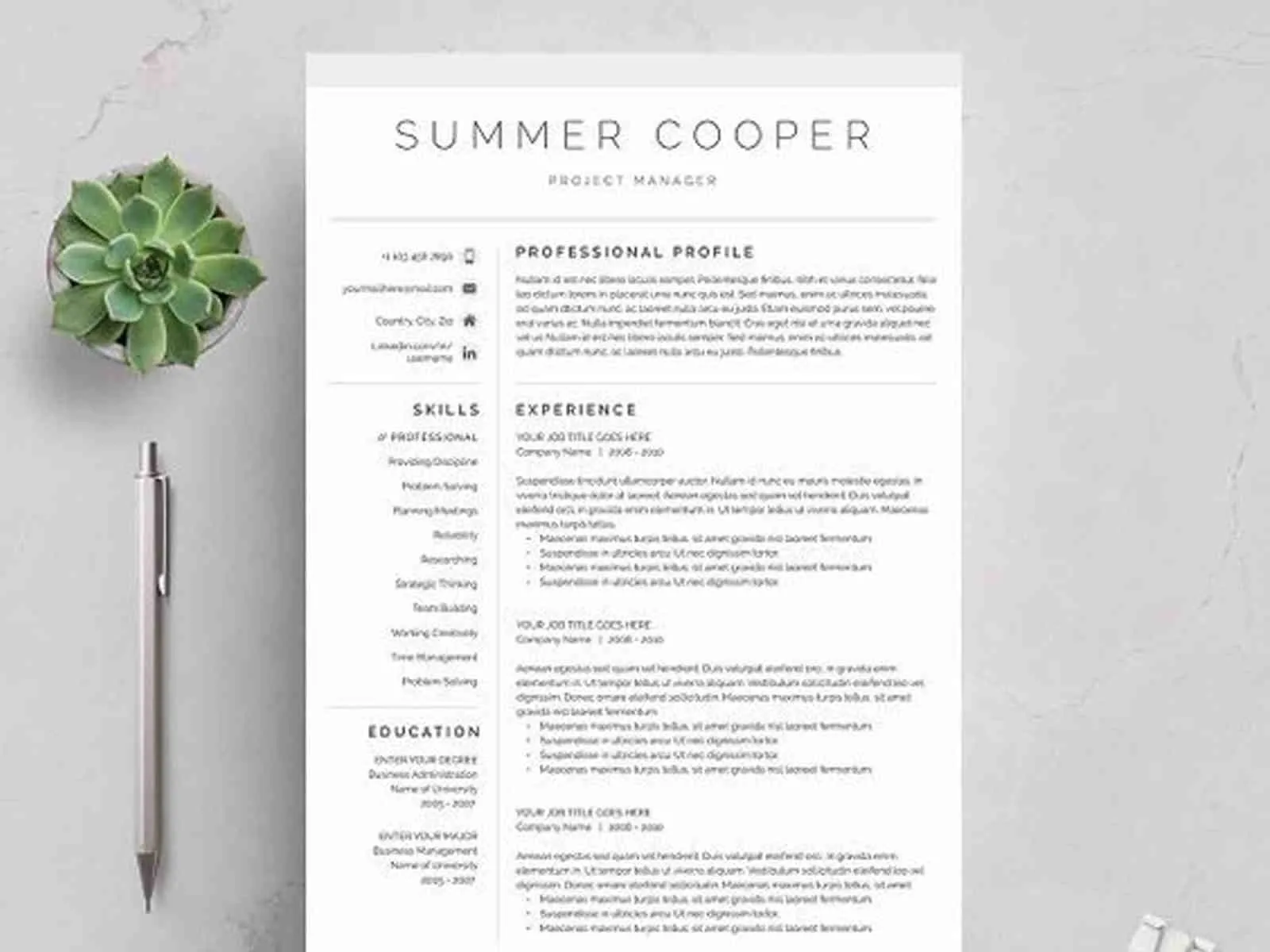
A resume is a factual document presenting your professional history, skills, and accomplishments. A cover letter complements the resume by offering a narrative, explaining your interest, and connecting your experiences to the job description. Think of the resume as a summary and the cover letter as the story behind it. The cover letter offers a chance to expand on the achievements listed in your resume, explaining how your skills align with the employer’s needs and goals, making it a vital part of your application strategy.
Key Components of a Winning Cover Letter
Header: Contact Information
Start with your contact information at the top. Include your full name, phone number, email address, and optionally, your LinkedIn profile URL. This makes it easy for the hiring manager to contact you quickly. Ensure your email address is professional and reflects your name or a variation of it. Always double-check the accuracy of your contact details to avoid any missed opportunities. Use a clean, readable format for your header.
See the image below for a visual representation.
Greeting the Hiring Manager

Always address your cover letter to a specific person, if possible. Research the hiring manager’s name or the appropriate contact person in the company. Use a formal greeting, such as “Dear Mr./Ms. [Last Name],” to show you’ve taken the time to personalize your letter. If you cannot find a specific name, using a more general greeting like “Dear Hiring Manager” is acceptable, but avoid generic greetings like “To Whom It May Concern.”
The Opening Paragraph
The opening paragraph is your hook. It should immediately grab the reader’s attention and state the position you’re applying for. Briefly mention where you saw the job posting and why you’re interested in the role and the company. Expressing genuine enthusiasm sets a positive tone from the start and encourages the reader to continue reading. Keep it concise and impactful, setting the stage for the rest of your letter.
Highlighting Relevant Skills and Experience
The body of your cover letter should highlight your relevant skills and experience, demonstrating how you meet the job requirements. Select 2-3 key skills or experiences from the job description and provide specific examples that showcase your achievements. Use action verbs to describe your accomplishments, and quantify your results whenever possible. Show how your qualifications align with the company’s needs.
Tailoring Your Cover Letter to the Job

Each cover letter should be customized for the specific job you’re applying for. Review the job description carefully and identify the key skills and qualifications the employer is seeking. Then, highlight your relevant experience and achievements that align with these requirements. Avoid using a generic cover letter; tailor it to demonstrate your understanding of the company’s needs and how you can contribute to their success.
Quantifying Achievements
Whenever possible, quantify your achievements to demonstrate the impact you’ve made in previous roles. Use numbers, percentages, and specific metrics to illustrate your successes. For example, instead of saying “Improved customer satisfaction,” say “Increased customer satisfaction scores by 15% within six months.” Quantifying your achievements provides concrete evidence of your capabilities and makes your accomplishments more compelling.
Expressing Enthusiasm and Company Fit
In the body of your cover letter, express your enthusiasm for the company and the position. Show that you’ve researched the company and understand their mission, values, and goals. Explain why you’re excited about the opportunity to work there and how your skills and experience align with their needs. This demonstrates that you’re not just looking for a job, but genuinely interested in the company’s success and culture.
The Call to Action
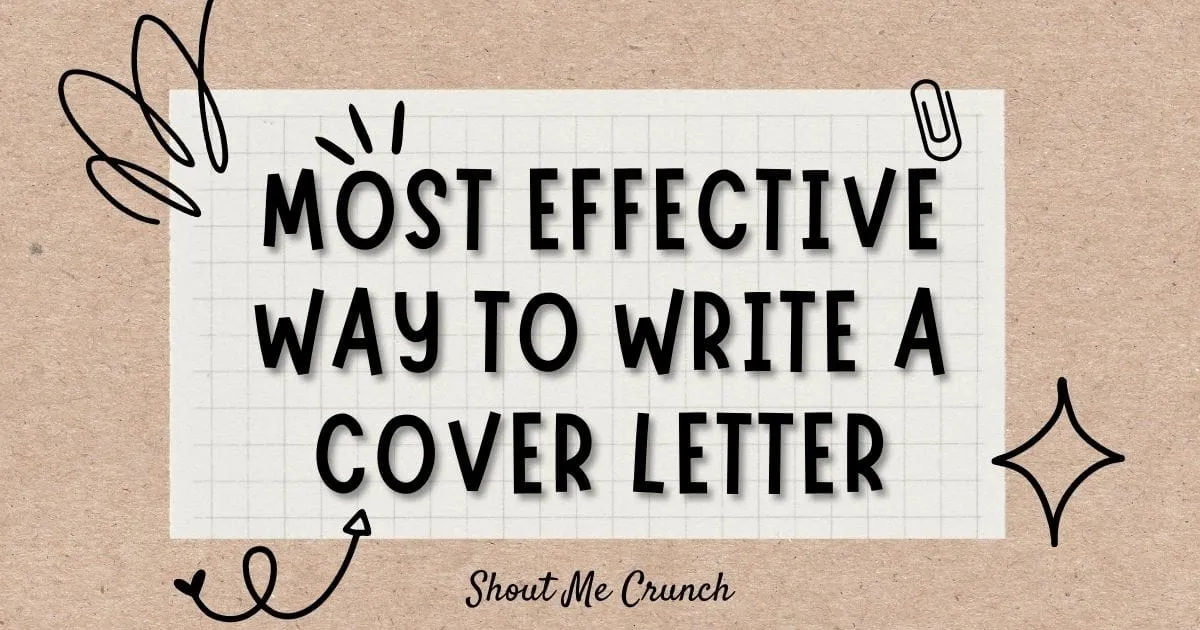
Include a clear call to action in your cover letter. This should invite the hiring manager to take the next step, such as scheduling an interview. Express your availability and willingness to discuss your qualifications further. Make it easy for the hiring manager to contact you by reiterating your interest and providing a clear path forward. This shows you’re proactive and eager for the opportunity.
Closing the Cover Letter
End your cover letter with a professional closing, such as “Sincerely,” or “Best regards.” Sign off with your full name. Thank the hiring manager for their time and consideration. Proofread your entire letter carefully before submitting to ensure it’s free of errors and reflects your professionalism. A strong closing leaves a lasting positive impression.
Formatting and Design Tips
Choosing the Right Font and Size
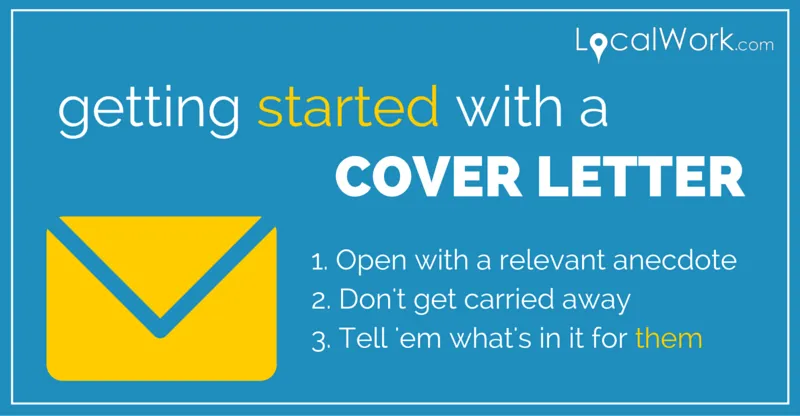
Choose a professional and readable font, such as Times New Roman, Arial, or Calibri. Use a font size between 10 and 12 points to ensure your letter is easy to read. Maintain consistent formatting throughout your cover letter, including the font, size, and spacing. Avoid using overly ornate or distracting fonts, as they can detract from your message. Keep the formatting clean and simple for maximum readability.
Maintaining Professionalism
Always maintain a professional tone in your cover letter. Use formal language and avoid slang or casual expressions. Proofread your letter carefully to eliminate any typos or grammatical errors. Ensure your letter reflects your attention to detail and professionalism. Your cover letter is a reflection of your brand; it is important to maintain a professional standard.
Proofreading and Editing
Before submitting your cover letter, carefully proofread it for any errors. Check for typos, grammatical errors, and formatting inconsistencies. It’s always a good idea to have a friend or colleague review your cover letter as well. A fresh pair of eyes can often catch errors that you might miss. Paying close attention to detail ensures your cover letter is polished and professional, leaving a positive impression on the hiring manager.
See the image below for a visual representation.
Common Cover Letter Mistakes to Avoid
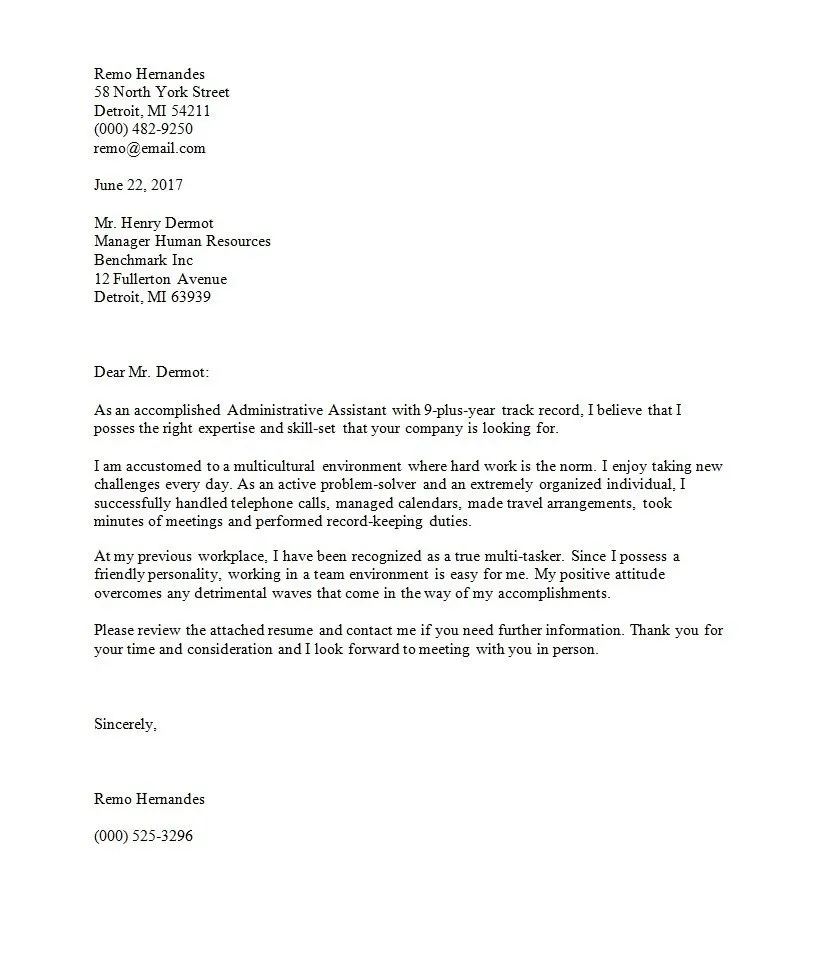
Generic Cover Letters
Avoid using generic cover letters that are not tailored to the specific job or company. Generic letters fail to showcase your genuine interest and demonstrate your understanding of the role and the employer’s needs. Always customize your cover letter to highlight your relevant skills and experiences. This shows that you have taken the time to research the company and understand the position, significantly increasing your chances of success.
Typos and Grammatical Errors
Typos and grammatical errors can instantly damage your credibility and professionalism. They suggest a lack of attention to detail and can give the impression that you do not care about the application. Always proofread your cover letter carefully before submitting it, and consider asking someone else to review it. Make sure all your details are correct, and the grammar is on point, making a strong impression.
Ignoring the Job Description
Failing to address the requirements outlined in the job description is a critical mistake. The job description is your roadmap; it details the skills, experience, and qualifications the employer is looking for. Tailor your cover letter to the key requirements in the job description and highlight your relevant skills and experiences. This demonstrates your understanding of the role and your ability to contribute to the company’s success, making the recruiter see you as a right fit.
See the image below for a visual representation.
Conclusion
Writing a strong cover letter is a crucial step in the job application process. By understanding its importance, incorporating key components, and avoiding common mistakes, you can significantly increase your chances of landing an interview. Always tailor your letter to the specific job and company, highlighting your relevant skills and experience. With a well-crafted cover letter, you can make a positive first impression and stand out from the competition, leading to a successful job search. Good luck!
